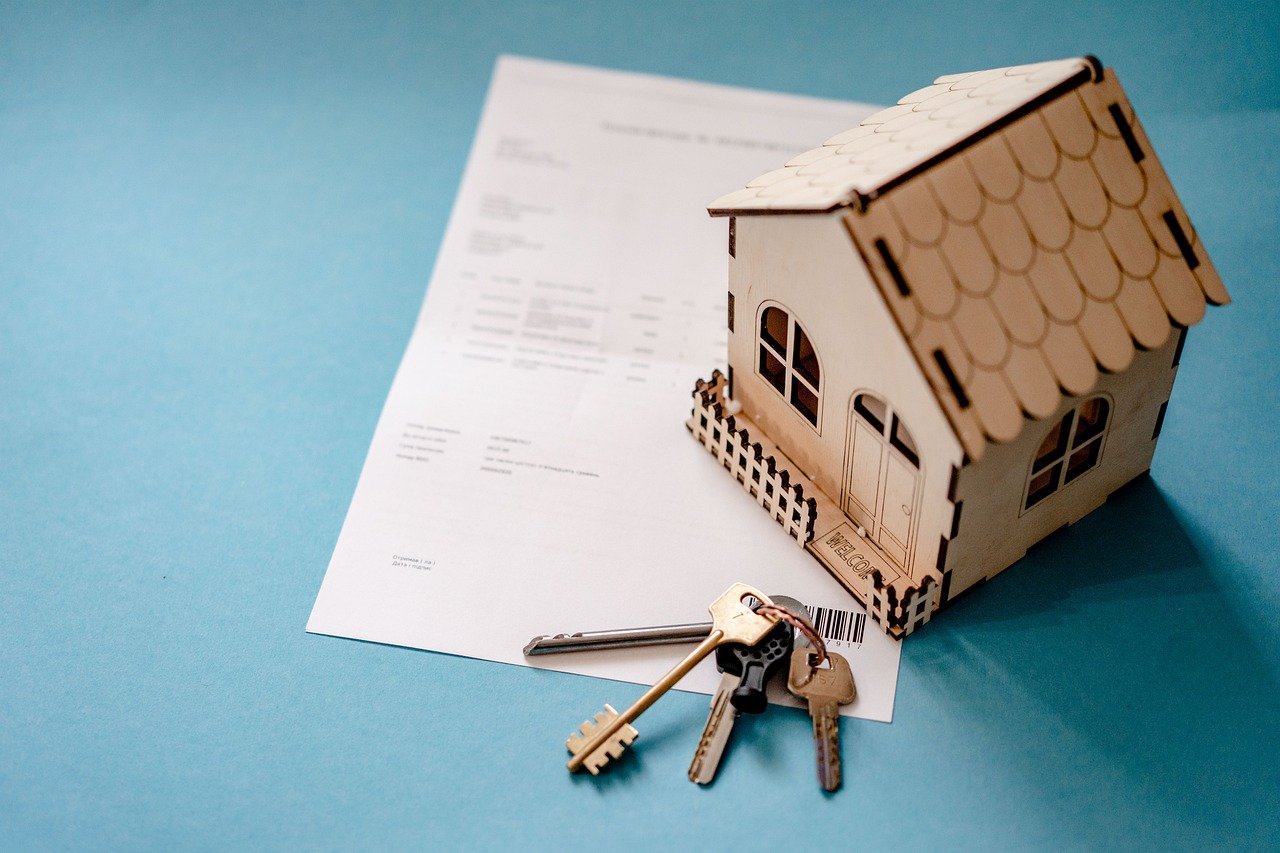Today, Millions of people are applying for home loans to purchase their dream properties. Consequently, many loan applications are turned down, and many buyers find themselves in trouble after obtaining a loan because they are unable to make the EMI payments. Therefore, in order to avoid a negative impact on credit score, it is crucial for home purchasers to understand the banks’ requirements for issuing housing loans and be aware of their financial commitments to the bank or financial institution financing their purchase.
In essence, a home loan is a sum of money granted to people by banks or Housing Finance Companies (HFC) in exchange for an Equated Monthly Instalment (EMI). The sum disbursed allows the homebuyer to purchase the property, but the asset remains the bank’s security until the loan is fully returned. However, banks thoroughly verify the borrower and the property before the funds are given. Additionally, they evaluate the homebuyer’s loan eligibility, and even a small financial disparity can cause problems.
Here are the 7 steps to get the keys to your new home:
Step 1 – An official application to the bank is the first step in the process for a house loan. Additionally, the bank needs your personal information to review and determine your loan eligibility. Most banks need the following documents:
- Identity proof
- Address Proof
- Age proof
- Proof of educational/ professional qualifications
- Employment details
- Bank statements
- Proof of income
- Pan Card
- Property details (in case it is finalized).
Step 2 – You will be assessed a non-refundable loan processing fee by your bank. Processing costs are typically 0.5 percent to 2 percent of the loan amount charged by banks. Additionally, a Goods and Services Tax (GST) of 18% will be added to the amount. This sum is used by banks to start and continue the home loan procedure.
Step 3 – The bank will assess your case and determine the amount you are qualified for after you have submitted your application and the processing fees.
Within two to three working days of filing your application, you will be expected to personally meet with bank representatives so they can assess your ability to repay the loan.
Following the in-person meeting, the bank will check all the information and references you submitted in your loan application. In order to verify the information you have provided in your application, bank staff will visit both your place of work and your residence. They will also examine your Credit Information Bureau (India) Limited (CIBIL) records to assess your credit history.
Step 4 – The most important step in the loan application procedure is the verification of the borrower’s ability to repay. The bank may approve or deny your home loan request based on its assessment of your capacity to repay the principal (plus interest) on time.
If the bank grants a conditional sanction, all of the requirements must be met before the loan can be issued.
Step 5 – At this step, the bank proceeds to draft an offer letter with the following details:
- Sanctioned amount
- Rate of interest applicable
- Fixed or floating rate of interest
- Loan tenure
- Mode of repayment
- Special scheme (if applicable)
- Terms and conditions associated with the loan
Step 6 – The bank will check the subject property before disbursing the loan. Original copies of the title deed, the no objection certificate, and any additional papers the bank may require must be submitted.
A legal investigation will be done on the property to make sure the title is uncontested and clear.
The bank will also perform an expert valuation of your property. In the case of a property that is still being built, the bank will carefully examine the project’s location, as well as the stage, caliber, and progress of the work, and then assess the property using predetermined criteria.
Step 7 – The registration process for the house loan begins once all of the aforementioned formalities have been successfully completed.
The legal documents must be written on stamp papers with the necessary denominations in a format that has been approved by the bank’s attorney. You will next need to send post-dated checks for the duration of the loan arrangement and sign it.
After you sign the loan agreement, the procedure of disbursing your house loan will start. Your bank will disburse the loan money according to the type of disbursal agreed upon (whether lump-sum or in instalments).

